The Ultimate Guide to Maltipoo Care: Tips for a Happy, Healthy Pup

My life as a Maltipoo owner has taught me these adorable dogs offer much more than their cute appearance suggests. The Maltipoo blends the finest qualities of Maltese and Poodle breeds into one delightful companion. Their popularity as companion dogs continues to soar.
This complete guide will help you through every aspect of Maltipoo care. Your pet can live a healthy life spanning 12-15 years filled with joy and companionship. We’ll cover daily routines, grooming requirements, and health needs that new and experienced owners should know.
You’ll discover practical advice for every stage of your dog’s life. The guide includes essential care routines, grooming techniques, health monitoring, training strategies, and home setup tips. This information proves valuable whether you plan to welcome a Maltipoo into your family or want to improve your current pet care routine.
Table of Contents
Critical Daily Care Routines for Your Maltipoo
A daily care routine will keep your Maltipoo happy and healthy. Creating a structured schedule ensures your pup’s needs are met consistently.
Creating a balanced daily schedule
Your Maltipoo needs a consistent routine that works for both of you. Puppies between 8 and 12 weeks old should eat four times throughout day 1. This schedule will change as they grow older. Regular times for meals walks, and rest periods create stability and, naturally, reduce anxiety.
Feeding and nutrition guidelines
Quality food designed for small breeds significantly impacts your Maltipoo’s health. A balanced diet should contain protein, carbohydrates, healthy fats, and essential vitamins and minerals 2. Here’s a feeding schedule based on age:
- 8-12 weeks: 4 meals daily
- 3-9 months: 3 meals daily
- 9+ months: 2 meals daily 2
Your Maltipoo needs about an ounce of water per pound of body weight daily 3. Multiple water stations around the house will encourage your pet to drink regularly throughout the day.
Exercise and activity requirements
Your Maltipoo needs adequate exercise without overdoing it. Two daily walks of about 20 minutes each work best—one in the morning and another in the evening 4. This routine maintains their physical health and effectively manages their energy levels.
A 20-minute play session between walks provides mental stimulation and extra physical activity 4. Sustained, strenuous exercise isn’t good for puppies. Instead, your focus should be on playful activities and moderate walks 1.
Your Maltipoo needs time to wind down before bed. Any vigorous activity should happen at least two hours before sleep time 4. This approach helps them settle naturally for the night. My own Maltipoo responds well to this routine.
Watch for signs of fatigue during exercise, especially in hot weather. Your Maltipoo will signal when it needs rest, and you should respect these signs to avoid overexertion.
Mastering Maltipoo Grooming
Your Maltipoo’s appearance requires dedication and the right approach. In my experience, combining professional grooming with home care gives the best results.
Professional vs. home grooming techniques
A balanced approach works best for Maltipoo grooming. Schedule professional grooming every 4-6 weeks 5. Daily home brushing keeps their coat healthy between visits. Professional groomers provide specialized services you can’t easily do at home:
- De-shedding treatments
- Coat conditioning
- Specialty shampoos
- Anal gland expression
- Various haircut styles 6
Daily brushing prevents matting and tangles at home. This routine keeps their coat beautiful and lets you spot any skin problems early.
Dealing with everyday coat issues
Maltipoos face several coat challenges that need attention. Their delicate fur mats easily, especially behind the ears and under the legs 7. A slicker brush helps prevent these problems effectively.
The puppy-to-adult coat transition brings noticeable changes. This phase happens between 10 and 14 months 8. You might see more shedding and texture changes. These changes are normal and temporary.
Maintaining dental and nail health
Dental care is vital for Maltipoos. Studies show that dogs above 3 years old suffer from dental disease 9. Brush your Maltipoo’s teeth 2-3 times weekly with dog-specific toothpaste 6. Dental chews help reduce plaque between brushings.
Check nail length every couple of weeks 5. Clicking sounds on hard surfaces means it’s time for a trim. Let a professional groomer show you proper nail trimming techniques before trying it at home 10.
Your Maltipoo’s ears need special attention during grooming. Their floppy nature makes them prone to infections 5. Regular cleaning and checks prevent many common ear issues.
Health Monitoring and Prevention
I take my Maltipoo’s health seriously because spotting problems early leads to better treatment outcomes. Experience has taught me that preventing issues works better than treating them after they occur.
Regular health check markers
My Maltipoo’s regular vet visits include complete screenings and tests that help catch health issues early 11. These visits cover:
- Vaccination updates and preventive treatments
- Blood tests for hormone levels
- Dental examinations
- Weight monitoring
- Parasite screening
- Heart and lung assessment
Common health issues to watch for
My time with Maltipoos has shown they can develop certain health conditions. Not every dog faces these problems, but staying alert helps me catch issues quickly. Research shows Maltipoos may experience:
- Patellar Luxation (kneecap dislocation) – Look for a characteristic “bunny hop” gait 12
- Progressive Retinal Atrophy – Tests can detect this year before visible symptoms appear 13
- White Shaker Syndrome
- Legg-Calve-Perthes Disease – Males get this more often, usually between 4-12 months of age 13
When to seek veterinary care
Years of experience have taught me exactly when to get immediate vet help. These warning signs should never be ignored:
Immediate Care Required:
- Vomiting or diarrhea that lasts over 24 hours 14
- Breathing difficulties or sudden weight loss
- Excessive itching or scratching
- Abnormal discharge from eyes, ears, or nose
- Any lumps or bumps on the body 14
Subtle behavior changes, like poor appetite or unusual tiredness, could signal why health issues occur 15. Note that Maltipoos excel at hiding pain, which makes early intervention vital 16.
I keep detailed records of my Maltipoo’s vaccinations, checkups, and health concerns. These records help me track patterns and give accurate information to vets when needed.
Training and Socialization Strategies
My Maltipoo’s training journey has become one of my most rewarding experiences as a pet owner. I found an exceptional response to positive reinforcement training methods from these intelligent dogs, making them delightful to work with.
Simple obedience training methods
Starting training early works best, between 8-16 weeks of age 17. My experience shows that Maltipoos thrive with positive reinforcement techniques. Here are my proven training tips:
- Use special treats specifically for training sessions
- Keep sessions short (5-10 minutes) to maintain focus 18
- Practice at the same time daily for consistency
- Start with simple commands before advancing
- Always end sessions on a positive note
Addressing behavioral challenges
Over the last several years of working with Maltipoos, I’ve faced several common behavioral issues that need attention. The biggest problems include excessive barking, separation anxiety, and jumping behavior 19.
Separation anxiety can be challenging to handle, but solutions exist. Creating a gated area works better than using a crate because it reduces confinement stress 19. With excessive barking, identifying triggers and gradually desensitizing my Maltipoo to them has worked well.
Consistency is vital when handling jumping behavior. Teaching alternative behaviors, like sitting for attention, works best. Attention – even hostile – shouldn’t reward jumping since it can reinforce unwanted behaviors 19.
Socialization tips and techniques
A well-adjusted Maltipoo needs early socialization. The prime socialization window runs from 7 weeks to 4 months 20. Here’s my step-by-step approach to socialization:
- Start with controlled environments
- Gradually introduce new experiences
- Use positive reinforcement consistently
- Expose them to different people and pets
- Practice in various locations
Taking my Maltipoo to different environments builds confidence. Each experience, from visiting friends’ homes to exploring new parks, shapes their social development 21. It’s worth mentioning that maintaining complete control during interactions and using treats to reward calm, appropriate behavior works well 21.
My patient’s approach to socialization includes watching for stress or anxiety signs. Stepping back and moving forward more gradually when my Maltipoo shows nervousness has helped create a confident, well-adjusted companion who easily handles various situations.
Creating the Perfect Home Environment
A Maltipoo needs more than just a corner of your home to thrive. Let me share what I learned about creating the perfect environment for these sensitive companions.
Setting up safe spaces
Maltipoos do best with multiple safe spaces throughout the home. A designated area reduces anxiety and gives them a secure retreat for alone time 22. My experience shows these spaces work well:
- A comfortable bed or crate in a family room
- A quiet corner in less trafficked areas
- A cozy spot near your workspace
These spaces should avoid drafts and direct sunlight since Maltipoos react quickly to environmental changes 23. My dog’s favorite spots let them watch family activities while feeling protected.
Essential supplies and equipment
After trying different setups, I found these items make a Maltipoo’s space truly comfortable:
- A properly sized crate or playpen
- Comfortable bedding with washable covers
- Spill-proof water bowls
- Temperature-appropriate blankets
- Safe chew toys for mental stimulation 24
Quality items save money over time. For instance, see how I keep fresh water in multiple spots to ensure my Maltipoo stays hydrated all day 23.
Temperature and comfort considerations
Maltipoos don’t handle temperature extremes well. My indoor temperatures stay between 63-66°F during winter 25. Extra warmth comes from:
- Cozy blankets in their bed
- A sweater for additional warmth
- Heated beds for senior dogs
Summer heat needs special attention because Maltipoos overheat easily 26. A humidifier keeps moisture levels at 40% 26 and prevents dry skin and breathing issues.
Signs of discomfort include heavy panting or seeking cool surfaces. Quality paw wax protects my Maltipoo’s feet during winter walks 26. Draft guards around doors and windows help maintain steady temperatures inside.
These sensitive pups need indoor living – outdoor conditions don’t suit them at all 27. My Maltipoo stays in climate-controlled spaces year-round, and I adjust settings as seasons change.
Conclusion
Maltipoos make wonderful companions; proper care will keep them happy and healthy. I’ve found that success with these delightful dogs comes from a mix of daily routines, regular grooming, health monitoring, positive training, and a cozy home setup.
Taking care of a Maltipoo might need some extra attention initially, but the routine becomes natural once you get used to it. Your grooming sessions turn into special bonding moments. Training builds confidence, and the right home environment helps avoid common behavior problems. Quick responses to health signals will keep your pup in great shape.
Every Maltipoo has its own personality and specific needs. When you adapt these care tips to match your dog’s requirements, you’ll create a deeper bond and end up with a happier pet. Your commitment and the right approach will lead to many wonderful years with your furry family member.
FAQs
Q1. How often should I groom my Maltipoo? Regular grooming is essential for Maltipoos. Brush your dog’s coat daily to prevent matting and tangles. Professional grooming, including de-shedding treatments and haircuts, should be scheduled every 4-6 weeks for more thorough care.
Q2. What’s the ideal exercise routine for a Maltipoo? Maltipoos benefit from two 20-minute walks daily, ideally in the morning and evening. Additionally, incorporate a 20-minute play session for mental stimulation. Avoid strenuous exercise, especially for puppies, and keep activities at least two hours before bedtime.
Q3. How can I address separation anxiety in my Maltipoo? To manage separation anxiety, create a gated area instead of using a crate to reduce confinement stress. Gradually increase the time your Maltipoo spends alone, starting with short periods. Provide engaging toys and maintain a calm demeanor when leaving and returning home.
Q4. What are the common health issues I should watch for in my Maltipoo? Be vigilant for signs of patellar luxation, progressive retinal atrophy, white shaker syndrome, and Legg-Calve-Perthes disease. Regular vet check-ups are crucial for early detection. Watch for symptoms like changes in gait, vision problems, or unexplained shaking.
Q5. How can I create a comfortable home environment for my Maltipoo? Set up multiple safe spaces throughout your home, including a comfortable bed in a family room and a quiet corner in less trafficked areas. Maintain indoor temperatures between 63-66°F in winter, use humidifiers to keep proper moisture levels, and provide cozy blankets and sweaters for extra warmth when needed.
References
[1] – https://www.akc.org/expert-advice/training/setting-schedules-and-developing-a-routine-for-your-new-puppy/
[2] – https://www.dogster.com/dog-nutrition/maltipoo-feeding-guide
[3] – https://premierpups.com/blogs/maltipoo-feeding-guide
[4] – https://www.petmaltipoo.com/maltipoo-exercise
[5] – https://www.mydoodlepuppy.com/maltipoo-grooming
[6] – https://citizenshipper.com/blog/maltipoo-care-grooming-essential-tips-for-happy-pups/
[7] – https://pethealthpros.com/blogs/news/maltipoo-grooming-101-tips-and-tricks-for-a-flawless-coat?srsltid=AfmBOoqB0RHEZ0woFs3_FDuC8vO5aPp1QRptDAwdL0izHDOz94oN5BC4
[8] – https://www.petmaltipoo.com/maltipoo-puppy-hair-loss
[9] – https://www.dogster.com/dog-health-care/common-maltipoo-health-issues
[10] – https://www.wikihow.com/Groom-a-Maltipoo
[11] – https://www.gooddog.com/breeds/maltipoo/health-testing-guide
[12] – https://www.petmd.com/dog/breeds/maltipoo
[13] – https://www.petmaltipoo.com/maltipoo-health
[14] – https://pethealthpros.com/blogs/news/maltipoo-health-issues-and-care-a-vets-perspective?srsltid=AfmBOopCUlNZImarkjuuFDVkCSIEFSfCeowzoNeqZEG2J0Nht5amTTLr
[15] – https://pethealthpros.com/blogs/news/maltipoo-health-issues-and-care-a-vets-perspective?srsltid=AfmBOoqBH-MrKw-BPZJdWzH0OSzzBqtN9-jtsRDXiKVwjlijN8CxoxyP
[16] – https://premierpups.com/blogs/maltipoo-lifespan
[17] – https://www.petmaltipoo.com/how-to-train-maltipoo
[18] – https://citizenshipper.com/blog/training-your-maltipoo-5-essential-tips-for-success/
[19] – https://www.petmaltipoo.com/maltipoo-behavior-problems
[20] – https://pethealthpros.com/blogs/news/training-your-maltipoo-essential-commands-and-behavior-tips?srsltid=AfmBOopni75PRvPZQlq8PQrxZsnO0y3IYe4OxYgV6Ilbnk9FpY4U1EiC
[21] – https://www.mydoodlepuppy.com/blog/how-to-socialize-your-maltipoo-with-other-pets
[22] – https://www.preventivevet.com/dogs/how-to-set-up-a-safe-space-for-your-dog
[23] – https://www.dogster.com/dog-health-care/can-maltipoos-be-left-alone-at-home
[24] – https://www.petmaltipoo.com/best-set-up-for-maltipoo
[25] – https://www.justanswer.com/dog-health/4a7f2-healthy-indoor-temperature-dog-maltese.html
[26] – https://www.petmaltipoo.com/maltipoo-winter-care
[27] – https://palmviewpups.com/about-maltipoos/

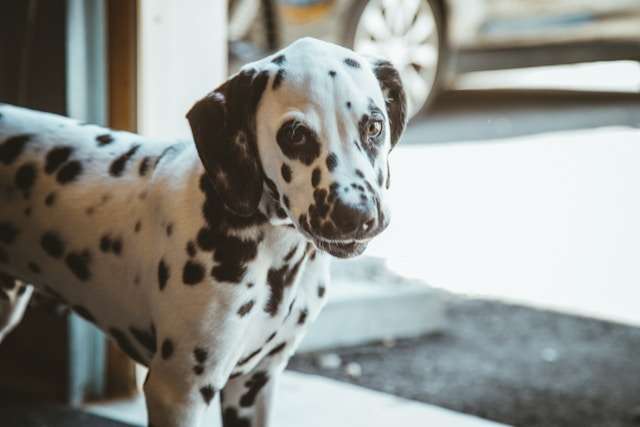
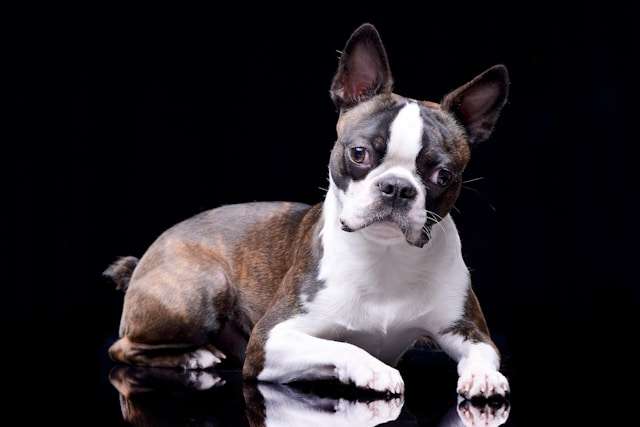
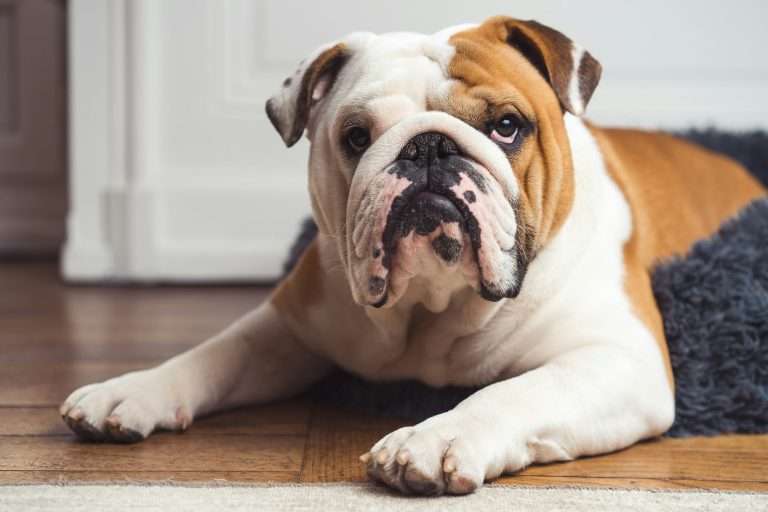

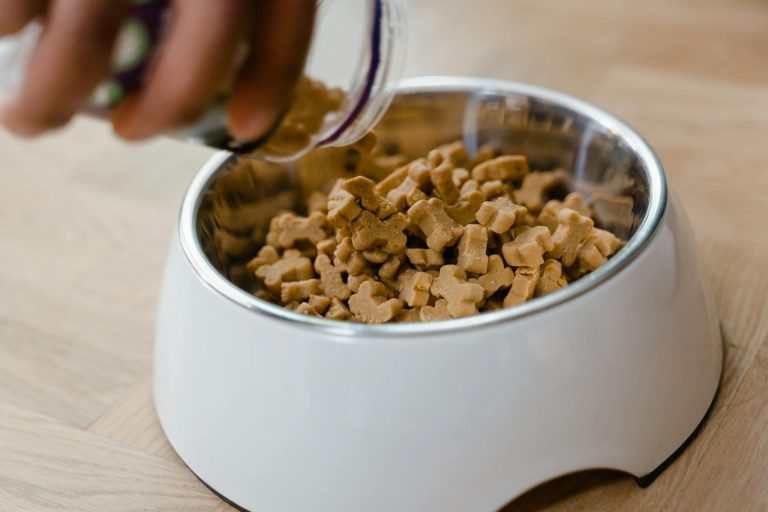
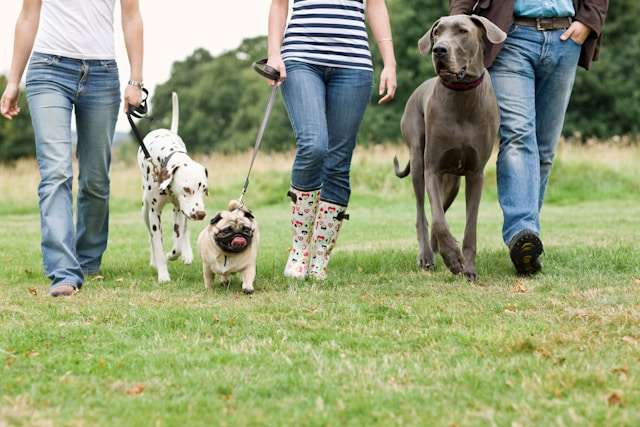
There’s a delicate beauty in the way your words dance across the page, offering both depth and grace.
Thank you
Your words have the power to transport the reader, making them see the world from a perspective they hadn’t considered before.
Thank you!
This piece is a beautiful blend of wisdom and simplicity — it makes you think deeply while keeping things accessible.
Thanks for sharing. I read many of your blog posts, cool, your blog is very good.